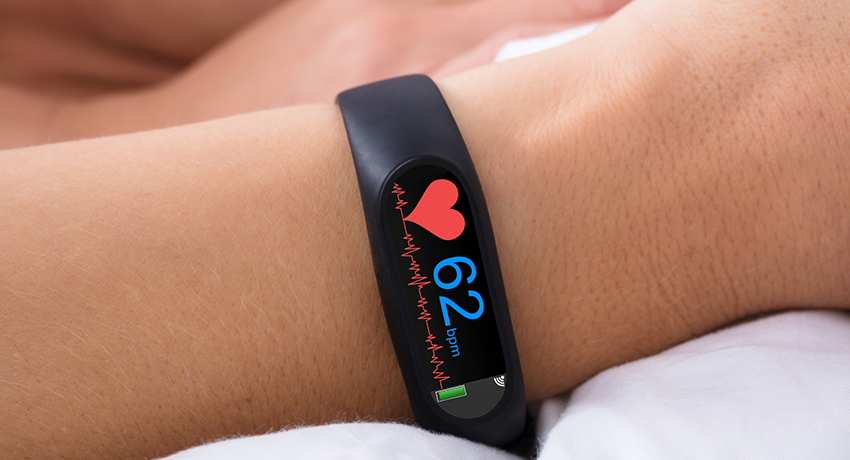Imagine a marathon runner with a resting heart rate of 48 beats per minute. This is perfectly normal for her highly trained cardiovascular system. Her friend, who works at a desk and rarely exercises, has a resting heart rate of 85, which is normal for her lifestyle. This illustrates what medical experts have long understood: When it comes to heart rates, normal isn’t a one-size-fits-all number. But are there occasions when a low resting heart rate might be cause for concern?

Defining a normal resting heart rate is actually complex. It can be influenced by age, sex, body mass index (BMI), average sleep duration, and physical fitness, according to Shira K. Goldstein, MD, a family medicine specialist at UT Physicians Family Medicine – Texas Medical Center. The conventional range for normal falls between 60 and 100 beats per minute, but normal varies significantly from person to person. Changes in your heart rate may be more important than the absolute number.
“There is a resting heart rate that is normal for an individual but that could be different between groups of people,” said Goldstein, an assistant professor of family medicine at McGovern Medical School at UTHealth Houston. “Patients should be aware of what is normal for their body, as is the case in all of medicine.”
Understanding the range
The broad range of normal extends to both ends of the spectrum. Athletes and older adults are two examples.
Athletes: It’s common to see athletes or physically fit people with lower resting heart rates. Since the heart is a muscle, Goldstein said aerobic exercise strengthens the heart and can pump blood more efficiently. Athletes also generally have a higher vagal tone, which slows the resting heart rate. The vagus nerve is part of the parasympathetic nervous system that controls certain body functions such as digestion, heart rate, and immune system.
Older adults: Age can also play a significant role in heart rate patterns. The American Geriatrics Society considers a normal resting heart rate for older adults to be 60 to 80 beats per minute. Goldstein said older adults’ hearts don’t beat as fast during activity or stress.
When should you be concerned?
The key is knowing your baseline. Goldstein emphasized that sudden changes from your normal range can signal potential problems. Take the inactive individual, for example. If her resting heart rate drops to 60, that indicates a problem. If the marathoner suddenly has a resting heart rate of 90, that could be a problem, too.
Early in her practice, Goldstein had an older patient who arrived at 7 a.m. feeling fatigued. Her electrocardiogram showed a complete heart block with a heart rate in the 30s.
“I sent her to the hospital. She got a pacemaker and felt much better,” Goldstein said.
Warning signs that may accompany a concerning low heart rate include:
- Dizziness
- Fatigue
- Fainting or near fainting
- Chest pain
- Shortness of breath
How to check your resting heart rate
Goldstein suggested sitting and relaxing for a few minutes before measuring your heart rate. Find your pulse (the radial pulse on your wrist is easiest), count the beats for 15 seconds, and multiply by four. Avoid doing this after exercise, smoking, or consuming caffeine.
Make a change
Several lifestyle modifications can help maintain a healthy heart rate. Goldstein recommended the following:
- Avoid excessive caffeine
- Stop smoking
- Work to achieve a normal BMI
While there are general guidelines for heart rate, what matters most is understanding your personal normal. Maintain open communication with your health care provider about noticeable changes to ensure the healthiest you.



